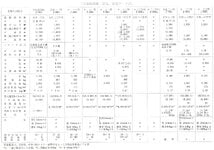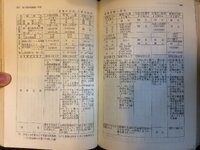- Thread starter
- #41
The reason for rather low top speed values listed for the J2M's is because the propeller efficiency was not good which had bad effect to its max speed. Furthermore the speed is stated at Military Power, without the use of Water-Methanol boost
US TAIC are calculations and based on the aircraft profile and wing area they calculated what the top speed of the Raisen would be. However they didn't know about the lackluster propeller
US TAIC are calculations and based on the aircraft profile and wing area they calculated what the top speed of the Raisen would be. However they didn't know about the lackluster propeller







